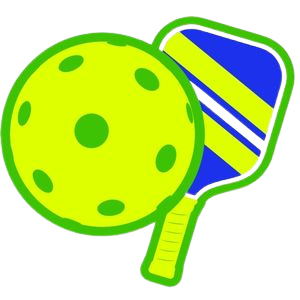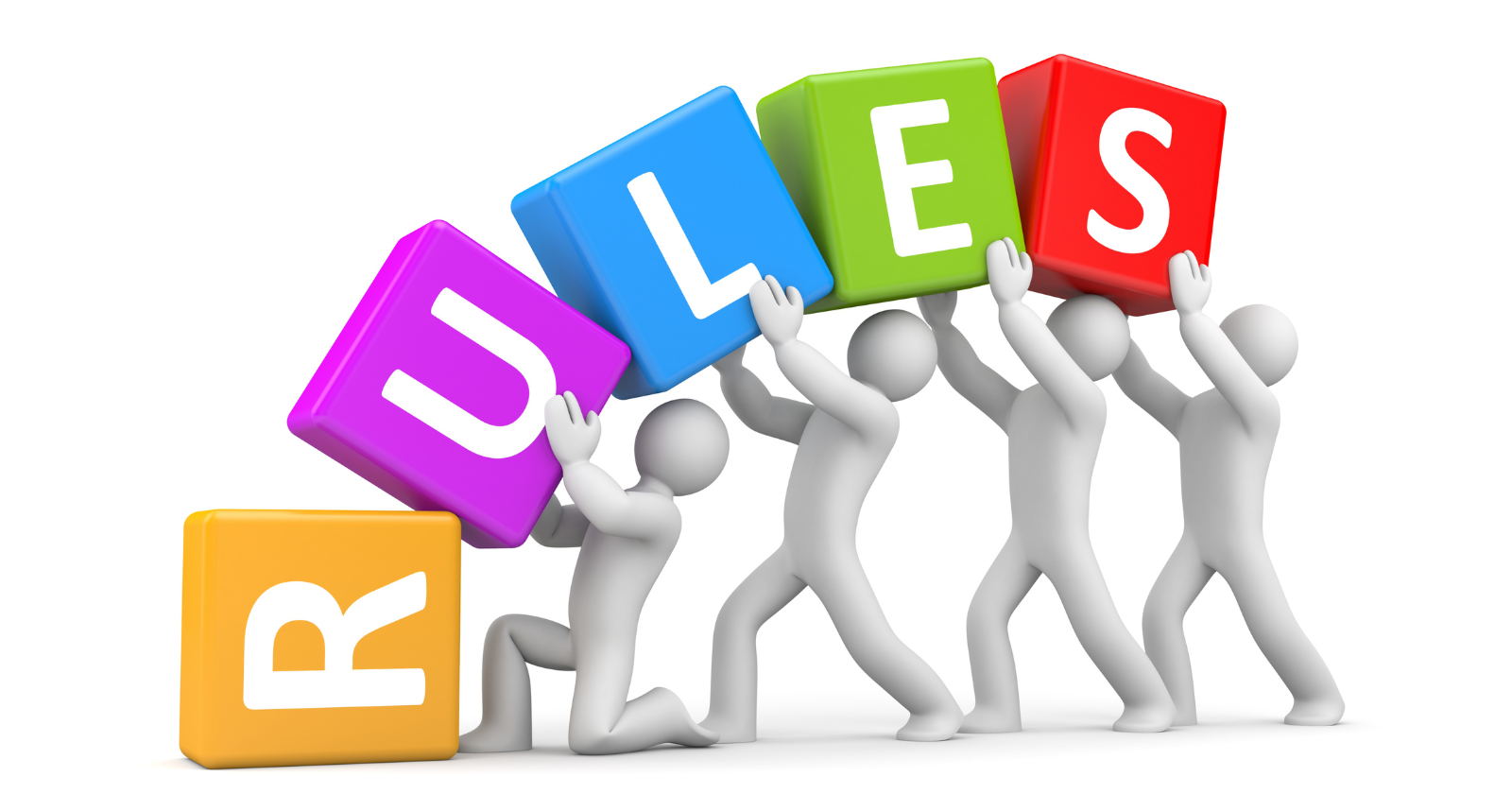If you’ve recently stumbled upon the exciting world of pickleball, you’re not alone. Many are diving into this sport, searching for a better understanding of “Pickleball Rules and Scoring.”
But, like any game, the initial dive into its rules can be overwhelming, leaving beginners puzzled and discouraged from playing.
With years of experience as a life coach, classroom, and pickleball teacher, one of the things I enjoy the most is introducing newcomers to pickleball. Through years of hands-on experience and continuous learning, I am happy to share my knowledge of the pickleball rules and scoring with you.
What Are Pickleball Rules To Score?
Like any other sport, pickleball has rules that you must follow to score. There are rules for serving, kitchen rules, and things called Faults. The 2 biggest rules to follow to score are you can only score when your team serves the ball, and you must call the score before you line up to serve the ball. Now there are a ton of scoring rules, so I encourage you to read on the get the full picture.
Now that we have a bit of information under our belt, let’s move forward. Whether you’re a casual player looking to play with friends or someone aiming to join local tournaments, understanding the pickleball rules and scoring is crucial.
Let’s embark on this journey together, breaking down the complexities and ensuring that by the end of this guide, you’ll not only grasp the rules but also share a newfound passion for the game.
History and Overview of Pickleball
Originating in the mid-1960s, Pickleball has grown exponentially in popularity. This intriguing combination of tennis, badminton, and table tennis, offers a unique and engaging platform for players of all ages and skill levels. Learning the Pickleball rules and scoring system is a crucial first step in fully enjoying the game.
Understanding the Court
Before diving deep into the Pickleball rules and scoring, let’s get familiar with the court and the necessary equipment.
Dimensions of a Pickleball Court
A standard pickleball court measures 20 feet wide by 44 feet long, the same size as a badminton court. The court is divided into two halves by a net that hangs two inches lower at the center (34 inches) than it does at the posts (36 inches). Each half of the court has left and right service areas and a 7-foot non-volley zone (or ‘kitchen’) extends from the net towards the middle of the court.
The service courts measure 15×10 feet, while the non-volley zone is 7×20 feet. These dimensions make a pickleball court smaller than a tennis court, promoting a more social and less physically strenuous game. Knowing these dimensions is crucial to learn pickleball rules and scoring, serving, and positioning during gameplay.
Pickleball Court Size And Dimensions
I know just putting it all in words for a beginner is clear as mud. So I included this diagram to help clarify what a court’s size and dimensions are.
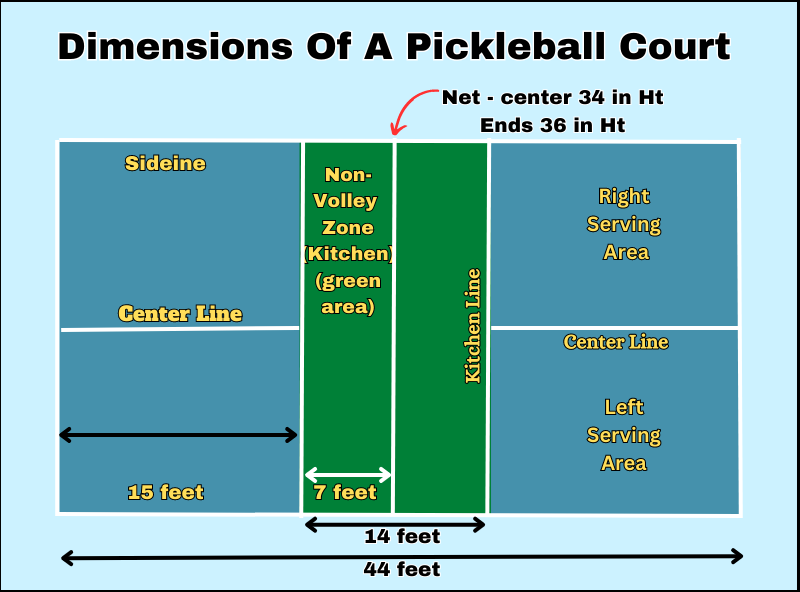
Equipment Needed
Pickleball is a simple game with minimal equipment requirements. Here’s what you need to play:
Paddle
Pickleball paddles are slightly larger than table tennis paddles but smaller than a tennis racket. They’re typically made from lightweight, durable materials such as wood, graphite, or composite.
The choice of the paddle can significantly impact your gameplay. For beginners, it’s advisable to start with a less expensive wood or composite paddle and upgrade to a lighter, more advanced graphite paddle as skills improve.
Ball
The ball used in pickleball resembles a wiffle ball. It’s made of durable plastic with holes drilled throughout for aerodynamics. There are two types of pickleball balls:
- Indoor balls: have larger holes and are a bit softer, making them less affected by wind and perfect for indoor play.
- Outdoor balls have smaller holes and are made of harder plastic to withstand the rougher surfaces of outdoor courts.
Net
The net in pickleball is 22 feet wide (including the one-foot-long net posts on either side), with a center height of 34 inches and a side height of 36 inches. While the net’s dimension is crucial, the material is equally important. It should be made of a durable mesh material that can withstand outdoor conditions if you play outside.
Lines and Markers
To define the service boxes and the non-volley zone (‘kitchen’), you’ll need boundary lines. For a temporary setup, you can use chalk or tape. For a more permanent court, painted lines or inlaid markers are common.
Knowing and understanding the court’s dimensions and equipment needed to play will significantly help you improve your pickleball skills along with the pickleball rules and scoring.
Basic Rules of Pickleball
With the court and equipment sorted, let’s get to the heart of the game – the Pickleball rules and scoring.
Serving
In pickleball, the serve initiates play and is a crucial component of the game. Here are a few key rules about serving:
- The serve must be executed underhand with the paddle below the waist at the time of contact. The server’s feet must stay behind the baseline during the serve.
- The serve must be made diagonally, landing in the opponent’s service court.
- Only one serve attempt is allowed, except in the case of a ‘let’ serve where the ball touches the net but still lands in the appropriate service court.
- At the start of each new game, the first-serving team serves from the right-hand court and only gets one opportunity to serve. After the first fault, the service passes to the other team.
Scoring
The scoring system in pickleball is unique and part of what sets the game apart:
- Only the serving team can score points.
- The server announces the score before each serve. The score announcement consists of the server’s score, the receiver’s score, and the server number (either “1” or “2” for doubles play).
- Games are usually played to a score11 but can also be played to 15 or 21. The team must win by at least two points.
- In doubles play, each player on a team serves before the serve passes to the opposing team, except for the first service rotation of a new game.
Faults
Faults in pickleball occur when a player or team violates one of the rules:
- When a person serves, if it does not land in the appropriate service court, it’s considered a fault.
- Other common faults include hitting the ball out of bounds, not clearing the net, volleying the ball before it has bounced once on each side of the net (double-bounce rule), or stepping into the non-volley zone while volleying the ball.
Non-Volley Zone Rules
The non-volley zone, also known as the ‘kitchen,’ is a seven-foot zone on both sides of the net. The rules regarding this zone are critical to the game:
- Players cannot volley the ball while standing in the non-volley zone. They must let the ball bounce once before hitting it if they are in this area.
- It’s a fault if a player volleys the ball, and their momentum causes them to step into the non-volley zone, even after the ball is hit.
Understanding these basic pickleball rules and scoring is crucial to playing the game accurately and fairly, setting the foundation for more strategic gameplay.
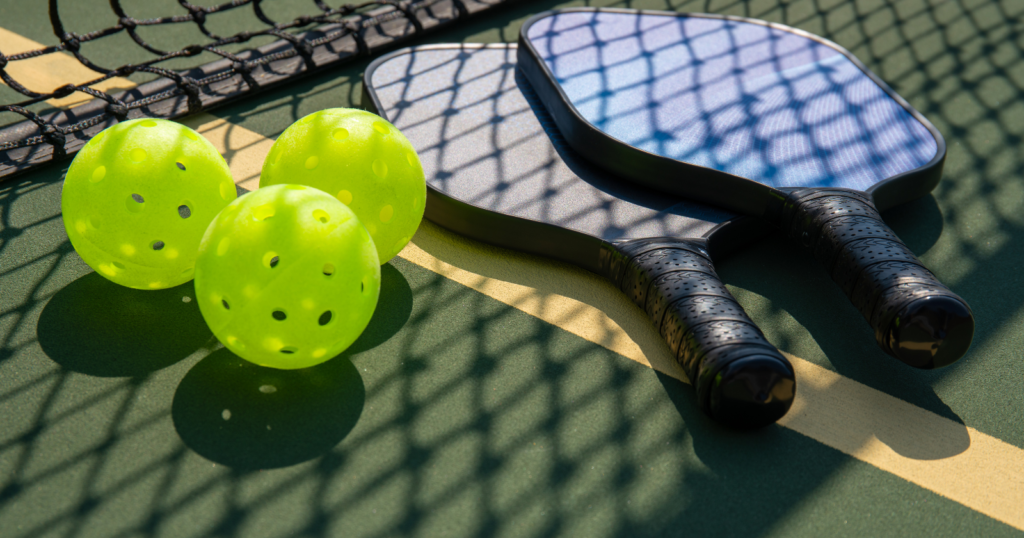
Understanding Pickleball Scoring
The first server of the game only gets one serving opportunity, but thereafter, each player on a team gets to serve until a fault is made. This unique sequence contributes to the charm of Pickleball rules and scoring.
Serving Team Scoring
In pickleball rules and scoring, only the serving team can score points. After a successful serve, the server and their partner (in doubles play) must score a point by causing the opposing team to fault. If the serving team faults first, no point is awarded, and the serve passes to the other team (or to the second server in doubles). This method of scoring is what makes pickleball unique and strategically exciting.
Calling the Score
Before each serve, the server must call out the score, which includes three numbers. The first number is the serving team’s score, the second is the receiving team’s score, and the third is the server number (either “1” or “2” for doubles play). This unique scoring announcement keeps all players aware of the game’s status and helps prevent scoring disputes.
Game, Set, Match
Standard pickleball games are played to 11 points, but the winning team must lead by at least 2 points. However, games can also be played to 15 or 21 points depending on tournament rules or personal preference.
Matches usually consist of the best of three games, but this can also vary. Understanding the pickleball rules and scoring, the game’s length, and when sets and matches end is crucial for strategic play and maintaining stamina.
Tied Score and Serve Position
In pickleball, the server’s position dictates the server number during a tied score. If the combined score is even, the first server of the serving team serves from the right-hand court. If it’s odd, the first server serves from the left-hand court. This rule ensures a fair rotation of service and receiving among all players.
By mastering these aspects of pickleball rules and scoring, you will not only keep the game running smoothly, but you’ll also be able to develop strategies that can give you an edge over your opponents.
Practice Makes Perfect
Practice is key in mastering Pickleball rules and scoring. The more you play, the more familiar you’ll become with the rules and the better you’ll get at the game.
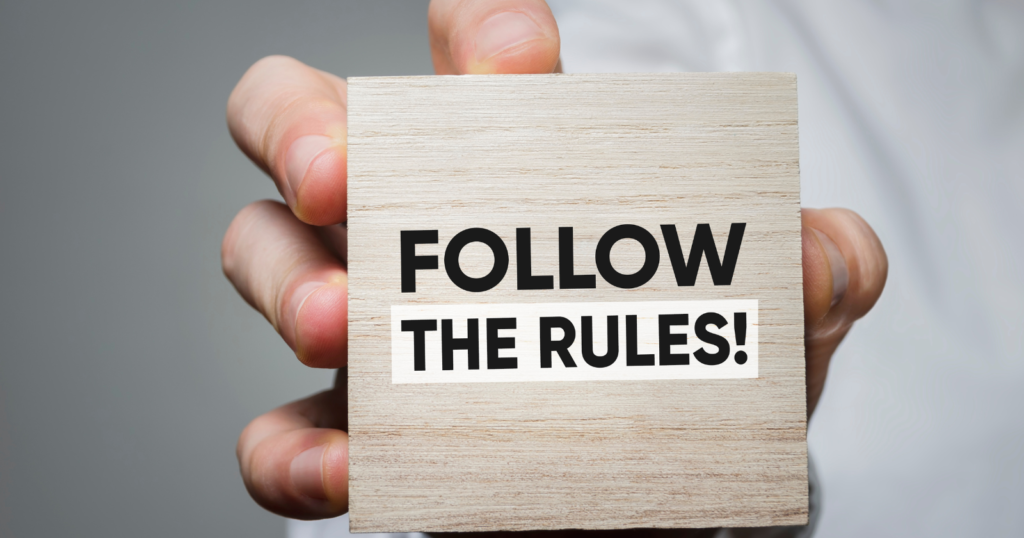
FAQs For Pickleball Rules and Scoring
In our comprehensive guide to Pickleball rules and scoring, we’ve covered the basics. However, we understand that you might still have a few questions. Below are answers to some commonly asked questions about Pickleball.
Can you score on a serve in Pickleball?
Yes, in Pickleball, only the serving team can score points. This happens when the opposing team faults, either by hitting the ball out of bounds, not clearing the net, or committing a non-volley zone fault.
What is the ‘double bounce rule’ in Pickleball?
The double bounce rule in Pickleball states that when the ball is served, the receiving team must let it bounce once before returning it, and then the serving team must also let it bounce before returning it. After these two bounces, the ball can be volleyed (hit without bouncing) or played off the bounce.
What is a ‘fault’ in Pickleball?
A ‘fault’ in Pickleball is a violation of the rules that results in the other team being awarded a point or the serve. Faults can occur in various situations, such as when the ball is hit out of bounds, doesn’t clear the net, or is volleyed from the non-volley zone (kitchen).
Pickleball Rules and Scoring Conclusion
Mastering Pickleball rules and scoring might seem a bit challenging initially, but with a little patience and a lot of practice, you’ll soon be ready to take your game to the next level.
Resources for Further Learning
If you’re eager to learn more about Pickleball rules and scoring, I have some links for you. The Official Rulebook from the USA Pickleball Association and the USA Pickleball website are both fantastic resources. Either one of these will provide additional tips and strategies to improve your gameplay.
Keep practicing, and soon you’ll be a pro at understanding pickleball rules and scoring. Remember, the goal is to have fun and enjoy the game. See you on the court!
Have fun and enjoy the game!
